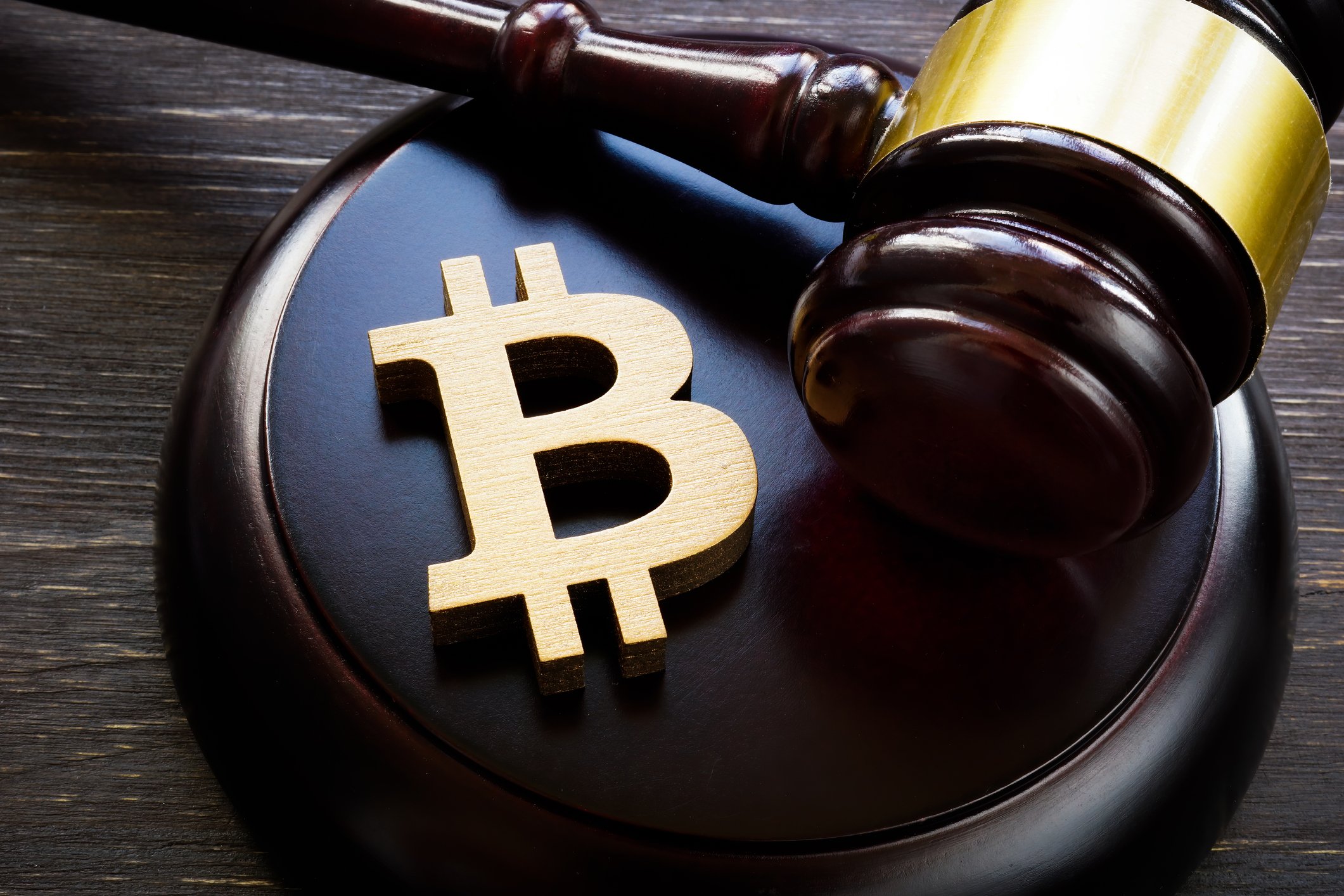With President Donald Trump's tariff regime now in place and evolving unpredictably from day to day, many investors, including yours truly, are wondering how the crypto market will be affected.
In short, the amount of sheer noise in the market has risen significantly and will likely keep rising. But noise and the volatility it tends to produce aren't the same as risk; direct damage to the core investment theses for Bitcoin (BTC +0.72%), Ethereum (ETH 0.27%), Solana (SOL +0.37%), and XRP (XRP +0.56%) looks to be minimal to none for now. Nonetheless, second-order macro effects could still rain on the parade, so let's take a careful inventory of whether Trump's tariffs are harming crypto right now and whether they're likely to in the near future.

Image source: Getty Images.
What tariffs do and don't do for crypto
As you have doubtlessly learned by now, tariffs are taxes on imported merchandise that are generally paid by the domestic importer of the goods not by foreign exporters.
That means crypto tokens themselves are not subject to tariffs, because they're not goods, nor is their transmission across international borders something that is taxed. So, if the tariffs are harming the crypto market in some way, it isn't happening as a direct result of market participants needing to pay for any tariffs on buying, selling, swapping, staking, or transferring cryptocurrencies.
Where there is a direct link to crypto is in the purchase of mining hardware, which is the most relevant for Bitcoin. Most specialized mining hardware is imported from countries that are subject to tariffs, like China, Taiwan, and other East Asian electronics exporters. The same goes for certain data center equipment, which is generally necessary for running a large blockchain.

CRYPTO: BTC
Key Data Points
So, the most likely consequence is that miners in the U.S. will see their margins squeezed, which will likely incentivize them to exit the country and initiate their mining operations where costs are lower. Or it might incentivize mining hardware manufacturers to build factories in the U.S.
For most investors, none of the above is existential or even very worrisome. Miners have a long history of adapting to changing conditions, and the main consequence of them having higher costs is that they will be forced to sell a bit more of their Bitcoin to break even.

CRYPTO: ETH
Key Data Points
Growth, inflation, and sentiment all matter too
The indirect impacts of the tariffs are significantly more dangerous to crypto than the direct ones, and there is already evidence that some harm is happening.
The root problem is that tariffs tend to sap an economy's growth and keep inflation running hot, as the additional tax burden they impose on importers is nearly always passed onto consumers in the form of price hikes. Thus, real wage growth tends to be lower under tariffs than it would be otherwise, which in turn means that potential investors have less disposable income to invest. The consequence is that riskier investments get de-prioritized in many investors' allocations, as there's no longer as much excess capital on hand to commit to plays with an uncertain return.
Furthermore, if tariffs slow economic activity and sustain inflation at elevated levels, financial conditions can stay tighter than they otherwise would, as the Federal Reserve will be loath to cut rates when prices are rising faster than desired. That also reduces investors' risk appetite and cuts the pool of investable cash even more.
In other words, there is now undeniably a path where tariffs create a cascade of events that ultimately causes sentiment to sour, causing crypto to underperform, even if the long-term investment theses for key assets remain completely untarnished.
Thankfully, even with the tariffs as they are, there are several mitigating forces affecting crypto right now that have good odds of averting doom. Exchange-traded funds (ETFs) for Bitcoin and Ethereum have created steady conduits for capital to flow into the sector. Those structural inflows from institutional investors, corporations, and retirement savers do not disappear overnight.
There's also a good chance of additional spot crypto ETFs beyond Bitcoin and Ethereum to get approved later this year, including potentially Solana and XRP, which would further support institutional demand.
So what should investors do?
First, accept that while tariffs are having a limited direct impact, their impacts on the U.S. economy and investor psychology are real, and very capable of causing damage to the value of your crypto investments, especially if the tariffs remain in place for a long time. Beyond that, the right play for most is to keep dollar-cost averaging (DCAing) into the highest-quality crypto assets, avoid leverage, and use dips that arise from tariff headlines to build positions gradually when prices are somewhat lower.







